Water garden ponds have become an increasingly popular way to add beauty and tranquility to backyards and outdoor spaces. As a landscape designer, I often get asked by clients how they can incorporate a pond into their yard. Over the years, I’ve learned a lot about water garden pond options, costs, installation, and maintenance. In this complete guide, I’ll walk you through everything you need to know if you’re considering adding a water garden pond to your own outdoor oasis.
What Are Water Garden Ponds?
A water garden pond is a man-made body of water that aims to recreate a natural-looking aquatic environment. Water gardens come in all different shapes and sizes ranging from small container ponds to large ecosystem ponds spanning over 1,000 square feet. The typical backyard water garden pond is around 100-500 square feet.
Water garden ponds contain aquatic plants and sometimes fish. They often incorporate water features like fountains, streams, or waterfalls The sound of moving water adds an extra level of tranquility. Ponds also help attract birds, dragonflies, frogs, and other wildlife to your yard.
Benefits of Water Garden Ponds
There are many reasons you may want to add a water garden pond to your landscape:
-
Enhance beauty – A water garden instantly makes any outdoor space more attractive and interesting. The water reflects sunlight and adds movement and sound.
-
Increase property value – Water features like ponds can increase a home’s value by 5-15%. Ponds also help sell houses faster.
-
Attract wildlife – As mentioned, ponds draw in birds, butterflies, frogs, and more by providing food, water, and shelter.
-
Reduce noise pollution – The sound of moving water helps mask unwanted noises like traffic.
-
** Provide recreation** – You can swim, fish, boat, or just relax by a pond. Kids especially enjoy water.
-
Grow plants – Ponds allow you to grow unique aquatic plants like water lilies not possible elsewhere.
Water Garden Pond Location
One of the first decisions you’ll make is choosing where to locate your water garden pond. Here are key factors to consider:
-
Sunlight – Most aquatic plants need at least 5-6 hours of direct sun daily. Ensure sunlight access when picking a pond site.
-
Views – Pick a spot visible from patios, decks, and indoor rooms so you can fully enjoy the pond.
-
Utilities – Avoid areas with buried wires, pipes, septic tanks, or other utilities to prevent issues.
-
Drainage – Choose a relatively flat spot where water won’t constantly drain out of the pond.
-
Access – Pick an accessible spot for construction and future pond maintenance.
-
Privacy – Water gardens are best sited away from close neighbors’ view to increase privacy.
Water Garden Pond Designs
Water gardens come in three main stylistic designs:
-
Formal ponds – Symmetrical shapes and edges, often rectangular or oval. May be mortared stone or concrete.
-
Informal ponds – Irregular, freeform shapes blending into the landscape. Usually have soft, natural edges.
-
Hybrid ponds – Combine formal and informal elements. Often formal near the house and informal farther away.
In terms of construction, the main options are:
-
Above-ground ponds – Water is fully contained in an artificial basin or tub placed on the ground.
-
In-ground ponds – Created by excavating a hole and shaping with soil, rocks, and liners.
-
Partially buried ponds – Basin is partially sunk into the ground. Easier than full in-ground.
Above-ground and partially buried ponds are usually cheaper and easier to install than in-ground ponds.
Elements of a Water Garden Pond
A successful water garden pond consists of several key components working together:
-
Liner – Waterproof liner to prevent leakage. EPDM rubber or PVC most common.
-
Edging – Borders the pond perimeter. Stones, pavers, wood, etc. Hide and protect the liner.
-
Skimmer – Removes debris from the surface. Connected to the pump.
-
Pump – Circulates water and powers waterfalls, fountains, or streams. Submersible.
-
Filtration – Removes particles and maintains clear water. Biological and mechanical filters.
-
Plants – Oxygenate and beautify the pond. Floating, marginal, and submerged varieties.
-
Fish – Koi and goldfish add color, movement, and interest. Research needs first!
-
Lighting – Illuminates the pond at night for full 24/7 enjoyment. LED options available.
Installation Process
Installing a backyard pond is a major landscaping project. The basic steps are:
- Plan design, shape, size, location, and components
- Mark outline and call utility companies to identify buried lines
- Remove turf and excavate hole to desired shape and depth
- Install underlayment and liner. Add edging material to cover liner.
- Install skimmer, pump, plumbing, filtration, lighting, etc.
- Fill pond with water. Let sit for a few days to check for leaks.
- Add aquatic plants and fish once conditions stabilize.
Hiring an experienced professional pond installer is highly recommended unless you have expertise.
Maintenance Requirements
Ongoing pond maintenance is crucial. Here are key tasks:
- Clean filters monthly to maximize efficiency
- Prune back plants each spring before new growth starts
- Remove fallen leaves with skimmer and net
- Test water chemistry frequently
- Perform partial water changes seasonally
- Clean pond edges of accumulated organic debris
- Winterize the pond before freezing weather
Expect to spend 30-60 minutes weekly on routine pond care once established. Proper maintenance keeps water clear and prevents major issues down the road. Consider hiring a pond maintenance service if you don’t have time.
Costs of Installing a Pond
Water garden ponds require a substantial upfront investment. However, they last for decades when properly built. Here are typical costs:
- Small ponds (under 300 gal) – $500-$2,000
- Medium ponds (300-1,000 gal) – $2,000-$5,000
- Large ponds (over 1,000 gal) – $5,000-$15,000+
The main variables affecting overall cost are pond size and type of construction. Using a basic preformed liner and buying components separately can save money compared to elaborate customized designs.
Saving Money on Your Pond
If your budget is limited, here are tips for keeping pond costs down:
- Start small – it’s easier to expand later than downsize
- Use a rigid preformed liner instead of molded rubber liner
- Opt for above-ground rather than in-ground construction
- Build as much of the pond yourself as possible
- Choose relatively inexpensive liner material like EPDM
- Shop end of season sales for deals on pumps and filters
- Limit fancy stonework and focus funds on quality liner and equipment
Begin Your Water Garden Journey!

Mini Pond Kit Options
Want a beautiful water garden but don’t have room for a pond? Aquascape Patio Ponds make it easy to have a full water garden anywhere, without having to lift a finger. The integrated plant shelf and plumbing ports makes creating a beautifully planted container water garden easier than ever.
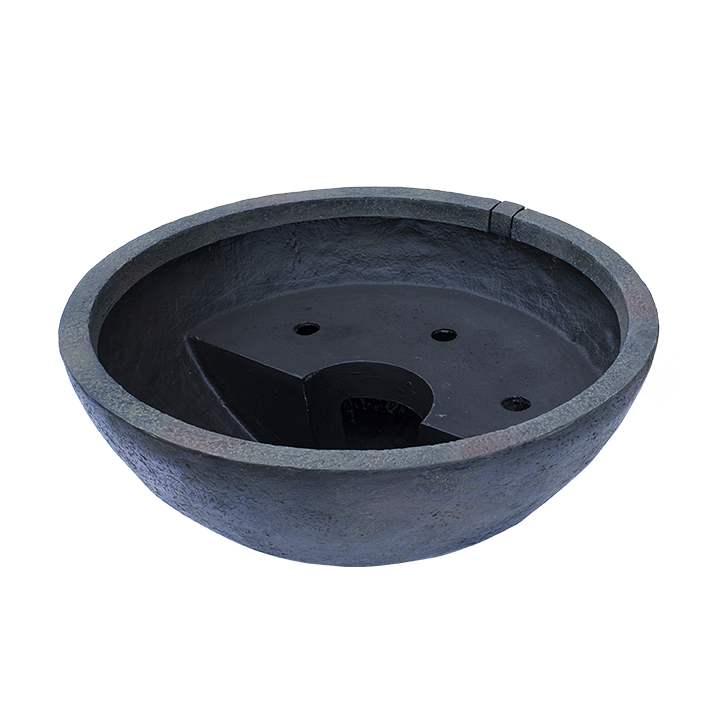
Create your very own one-of-a-kind aquatic paradise with a mini pond kit. It’s so simple and easy to add the sights and sounds of a water garden to any location.
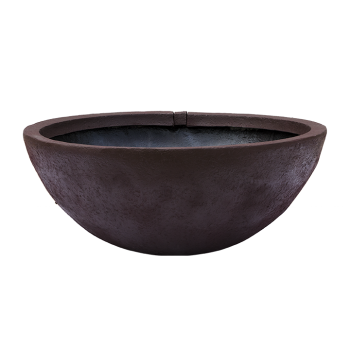
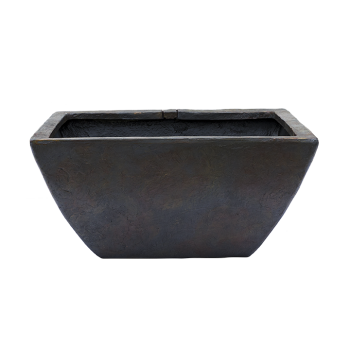
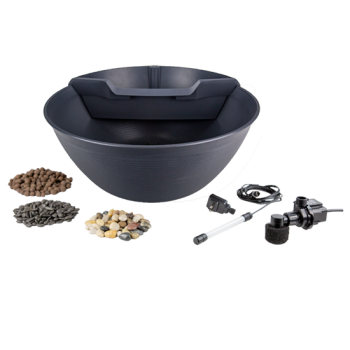
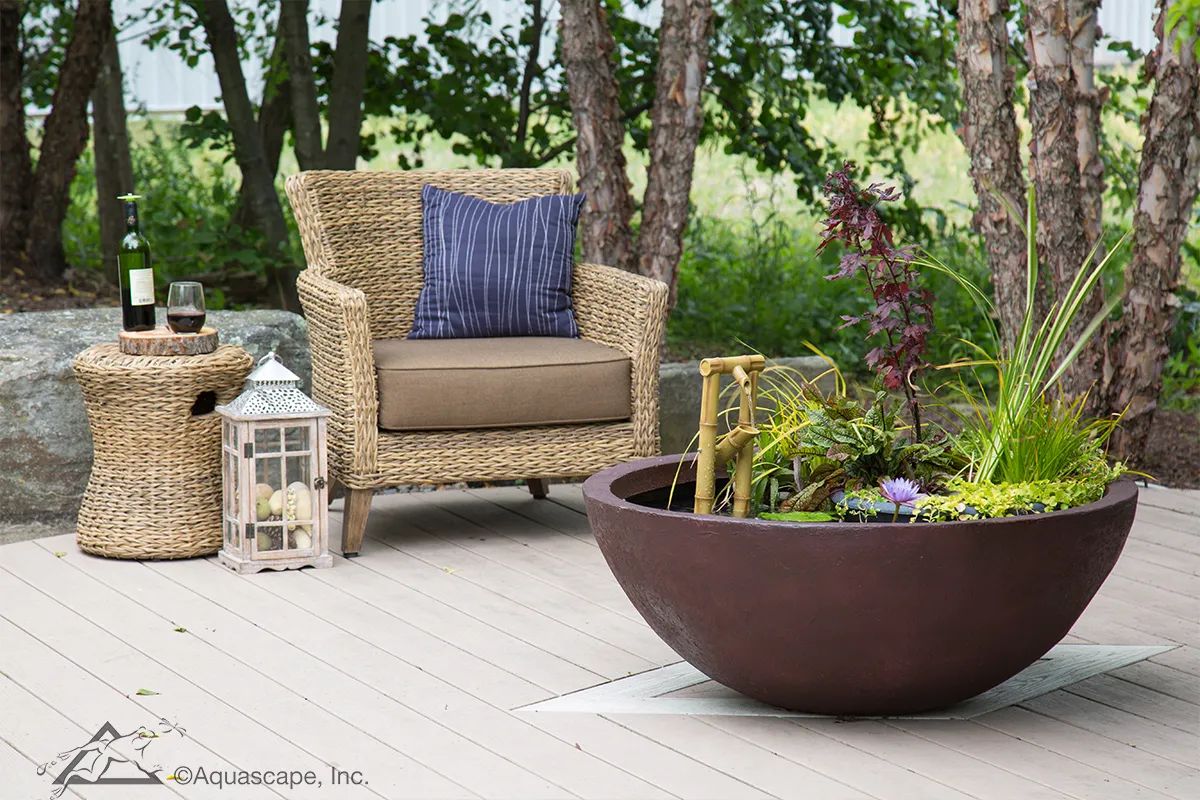
WATER GARDEN TOUR – 3 Incredible Koi Ponds
FAQ
Is it safe to water a garden with pond water?
Is a garden pond worth it?
Do all garden ponds need a pump?
Are garden ponds hard to maintain?
What plants grow in a floating pond?
They also provide shade for the water garden, which helps to regulate the water temperature and prevent excessive evaporation. Some of the most popular floating pond plants include Water Hyacinths, Duckweed, Water Lettuce, Lotuses, and Water Lilies. Be sure to select non-invasive plant species that are appropriate for your region.
How do floating plants help a pond?
Floating plants shade the water and absorb dissolved nutrients. By doing so, they help to suppress algae and keep the pond clean. A few of the many examples of floating plants include duckweed, American frogbit, water hyacinth, water lettuce and water lilies.
How do you top-off a container pond?
If the water level drops and you need to top-off your container pond from time to time, use harvested rainwater or a bucket of tap water that’s been left to rest for 24 to 48 hours. The water in your container garden can be still or moving. This water garden at Chanticleer Garden in Wayne, PA has only one plant but it makes a big statement.
What is a water garden?
Water gardening is a unique form of gardening where you grow plants that are adapted to environments like lakes, rivers, and ponds. A water garden can be any size or depth, but they’re often small and relatively shallow, with depths of around 12 to 18 inches (30 to 45 cm).
